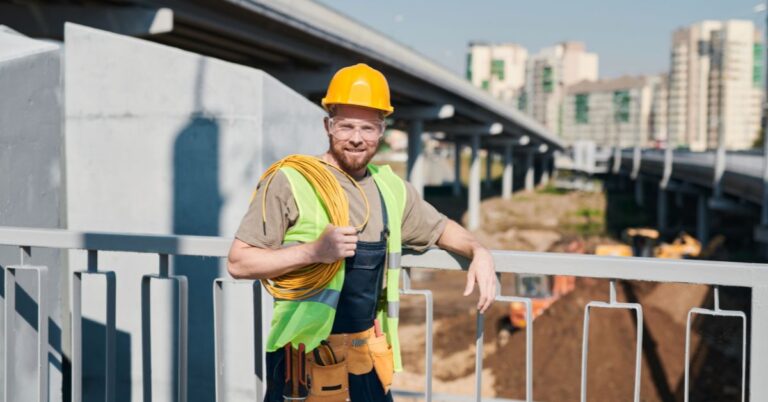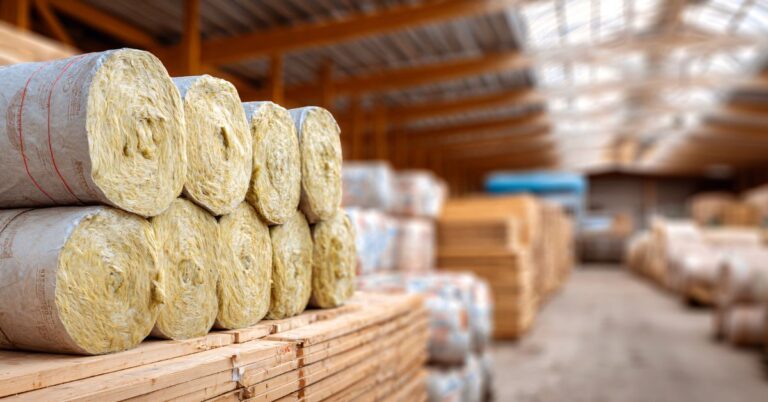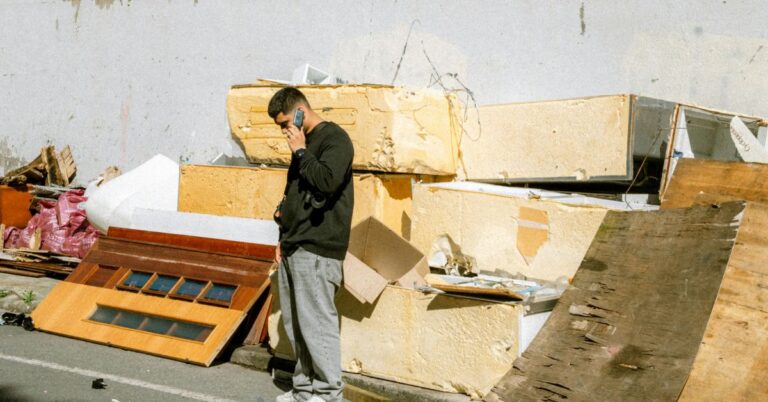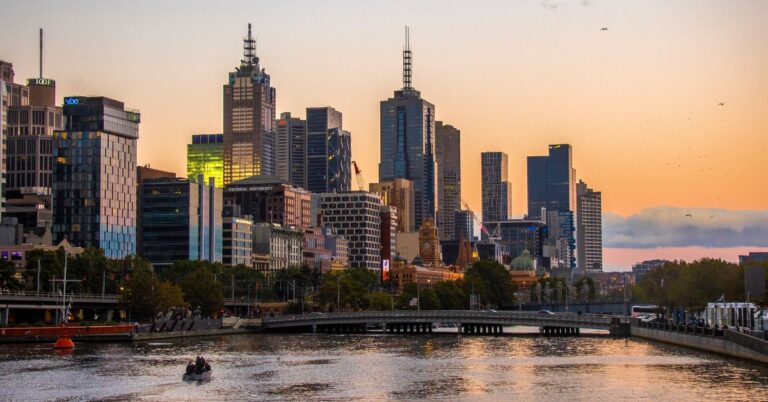Adding a second storey to your Melbourne home can be a smart investment — it increases space, boosts property value, and often costs less than moving to a larger home. But before you start planning, it’s important to understand what affects second storey cost in Melbourne, and how to build a realistic two-storey pricing or addition budget.
This article breaks down all the key factors that influence upper level costs, typical price ranges, budgeting tips, and how to manage your renovation from start to finish.
1. Why Add a Second Storey?
Homeowners across Melbourne are increasingly choosing to build up instead of out — and for good reason.
- Space without losing your yard: Perfect for families wanting extra bedrooms or living areas without sacrificing garden space.
- Added property value: A well-planned second floor often increases resale value significantly.
- Avoid relocation stress: Stay in your current neighbourhood while upgrading your home’s functionality.
- Better views & light: Elevated levels offer improved natural light and city or landscape views.
While the benefits are clear, the real question is: how much does a second storey cost in Melbourne? Let’s explore that next.
2. What Influences Second Storey Cost in Melbourne
2.1. Size and Layout of the Extension
The square metre size and layout complexity are the biggest cost drivers.
- A small upper level with two bedrooms and a bathroom will cost much less than a full second storey with multiple rooms and living areas.
- The more complex the design (balconies, voids, roof reconfiguration), the higher your addition costs will be.
2.2. Structural Requirements
A second storey requires reinforcing the existing structure to support the new level.
- Engineers assess your current foundation and framing — sometimes extra beams, columns, or steel supports are needed.
- Homes with weaker or older structures can require significant strengthening, adding thousands to your two-storey pricing.
2.3. Access and Construction Complexity
Building upwards is more complex than a ground-floor extension:
- Working at height requires scaffolding, cranes, and strict safety measures.
- Limited access to the block (especially in urban Melbourne) can increase labour and logistics expenses.
2.4. Material and Finish Selections
As with any renovation, the quality of your finishes affects your second floor budget:
- Standard materials and finishes keep costs manageable.
- High-end materials (custom joinery, premium tiles, double glazing) push pricing higher.
2.5. Plumbing and Electrical Upgrades
Adding a new bathroom, laundry, or ensuite upstairs requires extending plumbing and electrical lines — often one of the most underestimated addition costs.
Reconfiguring existing systems can also impact your overall upper level costs.
2.6. Roof Modifications
Since a new upper floor typically replaces or reconfigures your existing roof, roofing and waterproofing play a big role in cost.
Custom roof designs or heritage-style roofing materials can increase both time and expense.
2.7. Design, Permits & Engineering Fees
Don’t forget the professional fees:
- Architects or building designers (around 5–10% of total project cost)
- Structural engineers
- Council permits and inspections
3. Typical Second Storey Costs in Melbourne
Every home and site is unique, but here’s a general guide to help estimate your two-storey pricing:
| Type of Second Storey | Approx. Cost (AUD) per m² | Description |
|---|---|---|
| Basic Addition | $2,800 – $3,500 | Simple upper level with bedrooms & one bathroom, minimal structural change. |
| Mid-Range Addition | $3,500 – $4,500 | More complex layout, higher finish quality, upgraded fixtures. |
| Premium Addition | $4,500 – $6,000+ | Luxury finishes, multiple bathrooms, roof redesign, large glass panels, architectural detailing. |
Example:
A 100 m² upper floor addition at $4,000/m² would cost roughly $400,000, plus design, permits, and contingencies.
Including structural reinforcement, finishing, and landscaping, the total second floor budget could reach $450,000–$500,000.
4. How to Plan Your Second Floor Budget Effectively
4.1. Start with a Professional Assessment
Before setting a firm number, have your home assessed by a structural engineer and experienced builder. This ensures your existing foundation and framing can safely handle a new level.
4.2. Get Detailed Quotes
Ask multiple builders for itemised quotes — including materials, labour, scaffolding, permits, and site preparation. Avoid vague allowances.
4.3. Prioritise Needs Over Wants
Focus on the most important areas: additional bedrooms, a study, or a family retreat. You can always add luxury finishes later.
4.4. Include Hidden Costs
Remember to include:
- Temporary accommodation (if you must move out)
- Waste removal
- Permit fees
- Design changes
- Unexpected structural repairs
Set aside at least 10–15% contingency in your second floor budget.
4.5. Plan for Long-Term Efficiency
Investing in insulation, double-glazed windows, and energy-efficient lighting during construction can reduce long-term energy bills — a smart approach to value building.
5. Working with the Right Builder
Choosing the right builder is critical for a smooth, cost-effective second storey addition.
- Experience matters: Look for builders who specialise in upper level extensions.
- Check credentials: Confirm licences, insurance, and previous client reviews.
- Ask for fixed-price contracts: This reduces the risk of surprise cost blowouts.
- Stay involved: Regular communication helps ensure everything stays on track and within budget.
6. FAQs About Second Storey Cost in Melbourne
Q: How much does it cost to add a second storey in Melbourne?
A: Most homeowners spend between $350,000 and $550,000, depending on size, structure, and finish quality.
Q: Is it cheaper to build up or out?
A: Building up is often more cost-effective in high-value areas or small blocks where land is limited, though structural and roofing work can make it slightly more complex.
Q: Do I need to move out during construction?
A: Often yes, especially if the roof needs removal or major structural reinforcement. Temporary accommodation should be included in your addition costs.
Q: How long does a second storey addition take?
A: Typically between 6–10 months, depending on size, design complexity, and weather conditions.
Q: Does a second storey increase property value?
A: Absolutely. A well-designed and professionally built upper level can add substantial market value, especially in sought-after suburbs across Melbourne.
Conclusion
Adding a second storey is a smart, future-focused investment — giving you the space your family needs and increasing your property’s value.
By understanding the key factors behind second storey cost in Melbourne, comparing two-storey pricing, and setting a realistic second floor budget, you can plan your project with confidence.
Take the time to research builders, get transparent quotes, and include all addition costs in your plan. With careful planning, your dream upper level can become a reality — beautifully designed, well-built, and worth every dollar.
